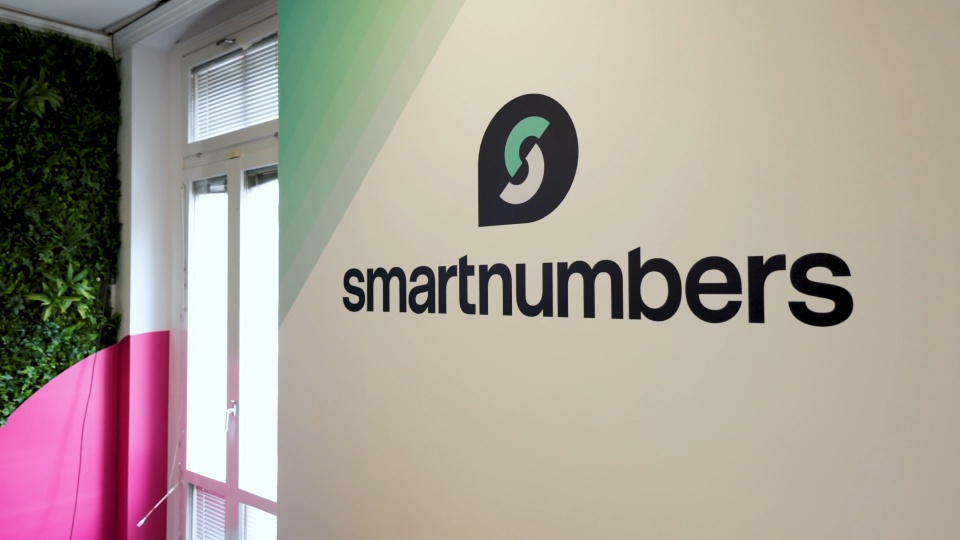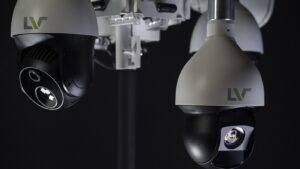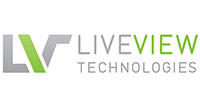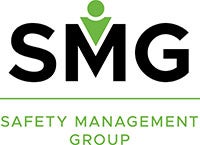Smartnumbers is on a mission to make voice communications safer and more secure while reducing fraud. Smartnumbers authenticates callers and detects fraudsters in real-time to create frictionless caller experiences for customers while saving clients millions in fraud losses. Smartnumbers works with some of the largest global organizations, covering a broad spectrum of sectors such as retail and investment banking, local and national government agencies, legal, insurance, and retail commerce.
For years, Smartnumbers ran its operations on 12 siloed systems that were not connected to its main financial package. As a result, the disconnected systems made operations “less than desirable”, says Ryan Low, Smartnumbers’ Chief Financial Officer.
“We had an accounting system, peripheral reporting systems, a CRM, which was Salesforce, separate applications for expense claims and purchase orders and asset management, and two billing systems,” Low says. “Visibility across the business was difficult. Only certain people had access to the data. So, their reporting was heavily relied on but not timely because it was only done once a month or on an ad hoc basis when someone asked.”
Without centralized access to accurate data, the company struggled to reconcile variances between so many systems, which proved time-consuming and difficult. The billing systems were old, and fragile, and processed data slowly.
“Once you started the process, you couldn’t interrupt it,” Low says. “It was inflexible because you could only run it at certain times within the month, and everything else took a back seat. Month-end was rigid and drawn out. We couldn’t close the month for at least seven to 10 working days.”
Employees spent a lot of time performing manual processes, such as moving data between systems and supporting on-premises legacy hardware and software systems. The cobbled-together applications lacked agility and proved rigid and difficult to adapt to new technologies. As a result, they could not flex to meet the company’s evolving needs. Employees could not easily access, share, or analyze data in a meaningful way because they lacked real-time reporting and could only receive operational data months after the operations occurred.
Smartnumbers’ executives knew they needed a better business solution and more resilience to grow the business cost-effectively.
The company wanted an easy-to-use, true-Cloud-based platform that accommodated a growing number of users affordably. Smartnumbers needed a platform with the flexibility to scale the solution by incorporating a financial package with CRM, integrated reporting, and expense claims and billing.
“When we first started looking for a replacement platform, we looked at all the main alternatives. We Looked at SAP Business One, Oracle NetSuite, and Sage, and trialed SAP B1 and Acumatica,” says Low.
 Canada (English)
Canada (English)
 Colombia
Colombia
 Caribbean and Puerto Rico
Caribbean and Puerto Rico
 Ecuador
Ecuador
 India
India
 Indonesia
Indonesia
 Ireland
Ireland
 Malaysia
Malaysia
 Mexico
Mexico
 Panama
Panama
 Peru
Peru
 Philippines
Philippines
 Singapore
Singapore
 South Africa
South Africa
 Sri Lanka
Sri Lanka
 Thailand
Thailand
 United Kingdom
United Kingdom
 United States
United States








